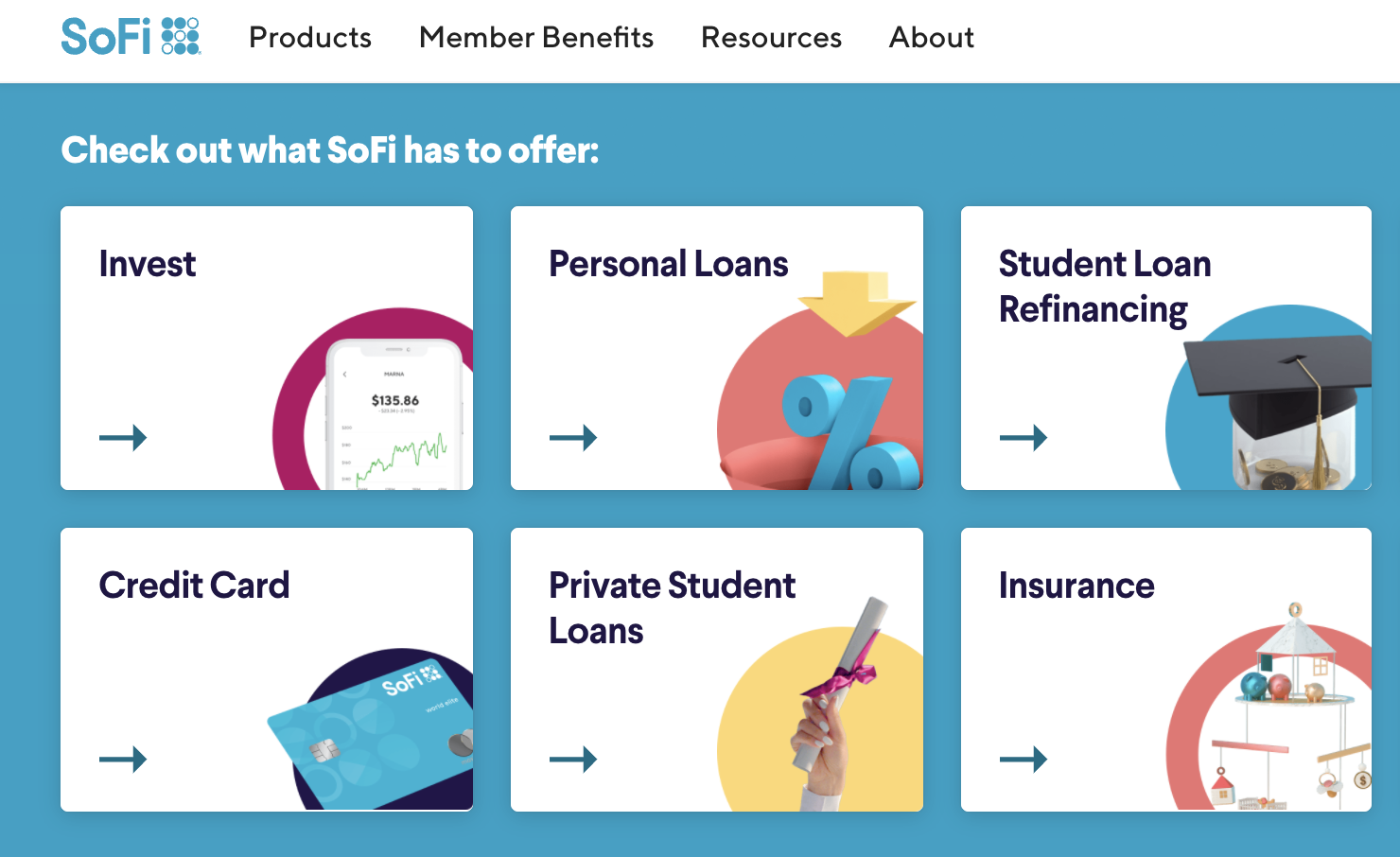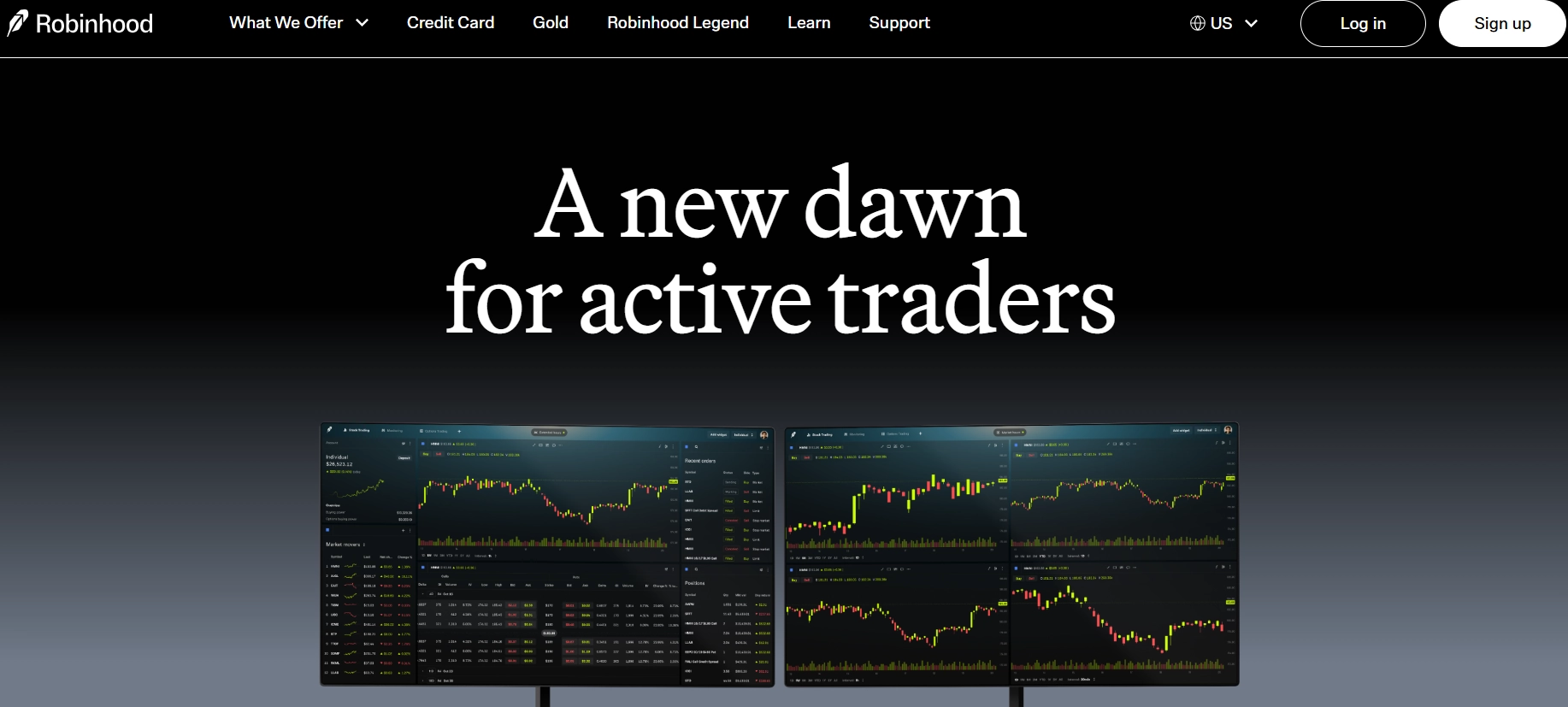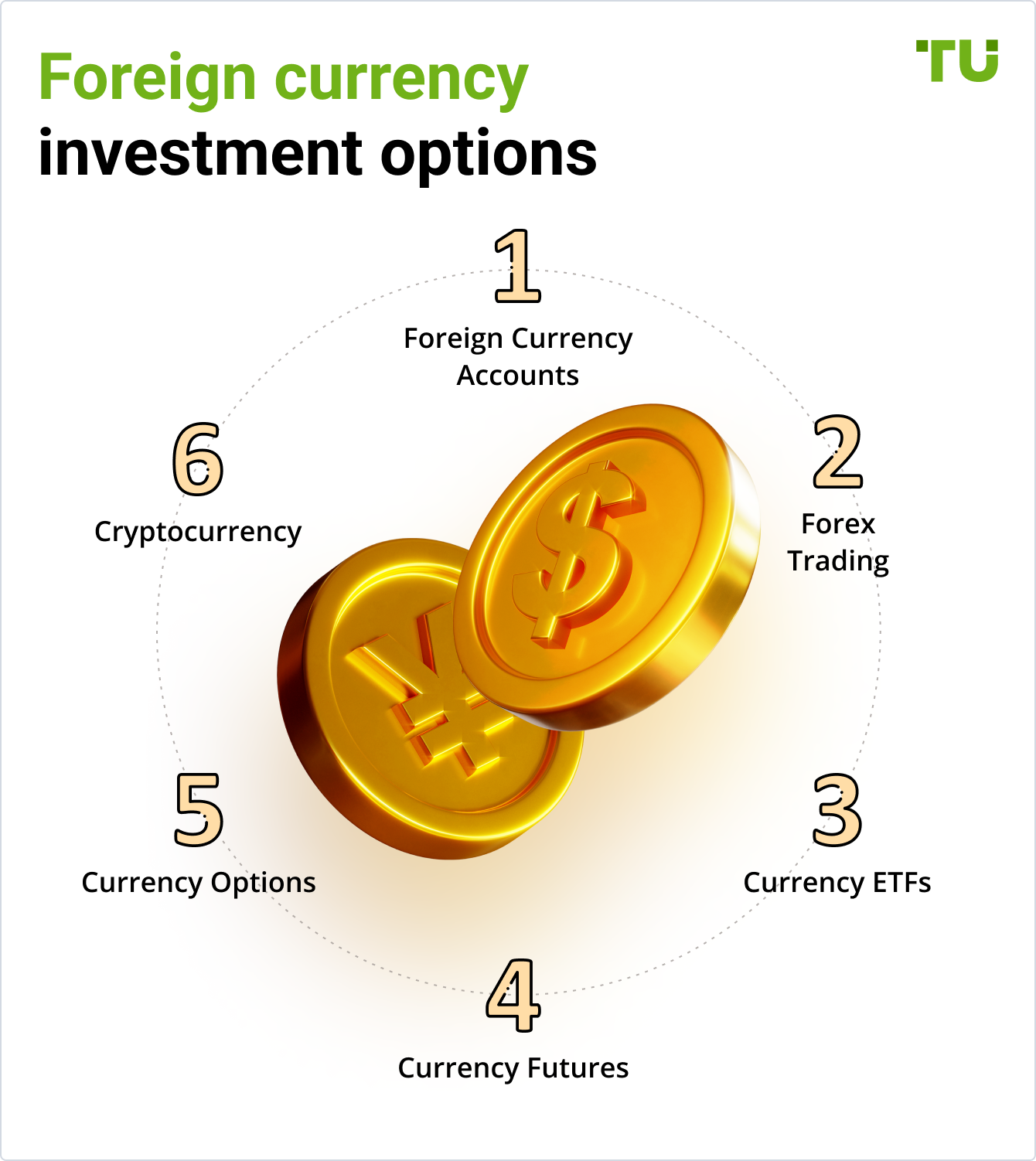
The long-held belief that investing is exclusively for the wealthy, requiring substantial capital, has discouraged many from exploring wealth creation. Articles often highlight individuals who made fortunes in the stock market, prompting questions about how anyone without significant savings could achieve similar success. This perception is rapidly changing, primarily due to innovations that have democratized access to the investment world.
What was once seen as a complex, exclusive pursuit has become remarkably accessible. The power of starting small, even with an initial investment as modest as $100, can create powerful momentum over time. This small beginning doesn’t just enable gradual portfolio growth; crucially, it breaks the mental barrier that often prevents people from starting at all. Taking that first step, no matter how small, is often the most impactful action towards realizing financial goals.
The investment landscape has undergone a significant transformation. A study by investing platform Public indicates that 30 million Americans have started investing recently, propelled by easy-to-use apps and low entry requirements. Today, you can set up an investment account in under 15 minutes and acquire fractional shares for as little as $1. This article will guide you through building your own investment portfolio, starting with just $100.

1. **Embrace the Power of Starting Small**
Many believe substantial capital is needed to begin investing. Yet, the author’s journey began with just $100, which served as a critical “mental barrier” breaker, allowing them to finally embark on their investment path. This initial investment in a simple exchange-traded fund (ETF) tracking the S&P 500 index powerfully demonstrates that the act of starting, regardless of the amount, is more paramount than the initial sum itself.
Starting with a modest sum like $100 offers several distinct advantages. It enables you to “learn with less money at stake,” meaning inevitable early mistakes won’t severely impact your finances, providing a safer environment for education. Simultaneously, it helps you “gradually build investing confidence,” as becoming comfortable with market movements without the anxiety of watching larger sums fluctuate fosters a more rational and steady approach to investing.
Furthermore, consistent small contributions facilitate “dollar-cost averaging,” allowing you to “automatically buy at multiple price points.” This strategy effectively mitigates the risk of trying to time the market perfectly by purchasing investments at various price levels over time, smoothing out your average purchase prices. Moreover, beginning with manageable amounts cultivates a “lasting investing habit” and provides the opportunity to “see compound growth in action firsthand,” where earnings begin generating their own earnings, a powerful motivator for sustained investment.
Read more about: Decoding the Decay: How Rust Destroys Classic Car Value and What Every Enthusiast Must Know

2. **Explore Investment Options for Your First $100**
When starting with just $100, prioritize investment options that minimize fees and offer flexibility. High charges, whether platform fees or annual expense ratios, quickly diminish small returns. Your goal is to keep as much of your initial capital actively invested as possible.
Individual stocks, despite fractional share availability, come with concentrated risk. “Purchasing stock in a single company means putting my few eggs in one basket,” which lacks diversification for small initial investments. Exchange-Traded Funds (ETFs) or mutual funds are often smarter starting points, as they automatically spread your investment across many companies. ETFs, specifically, are accessible with fractional shares from $1, boast low expense ratios, and typically carry “0% trading commission,” ideal for initial diversification. The author’s first $100, for instance, went into an S&P 500 index ETF, providing immediate diversification across 500 U.S. companies.
While mutual funds historically required higher minimums, some now offer no-minimum options; they trade once daily, unlike ETFs which trade throughout the day. Real Estate Investment Trusts (REITs) present another alternative, allowing real estate investment without direct ownership, with fractional shares from $1. Always “read each REIT’s official documents and fine print to learn about the exact fees you’ll pay,” as additional management fees can apply.
Read more about: Transitioning from the Pros: 13 High-Impact Side Gigs for Former Athletes to Achieve 6-Figure Success Post-Retirement

3. **How to Pick the Right Investment Platform**
Choosing your investment platform is a pivotal decision, especially with a small initial sum, as fees can quickly erode returns. The author emphasizes selecting platforms “designed for small investors” to ensure a cost-effective and smooth start.
Firstly, seek platforms with “no or low investment minimums.” Many now have no account minimums, allowing you to begin with any amount, though some may have minimums for automated services. Secondly, prioritize “small or no fees.” A 1% annual fee, seemingly minor, becomes substantial over time. Understand all potential fees and opt for platforms with “commission-free trades and low or no additional fees” to maximize your invested capital.
Thirdly, ensure the platform supports “fractional share investing.” This is invaluable for small investors, enabling purchases of portions of expensive stocks or ETFs for as little as $1, allowing precise allocation without waiting for full shares. Lastly, a “user-friendly trading platform” is essential. Intuitive interfaces that simplify monitoring and management, like automatically calculating share purchases from dollar amounts, make the investment journey less intimidating and more manageable for beginners.
Read more about: The Road Less Traveled: 14 Iconic Car Brands That Drove Into Oblivion and What We Can Learn from Their Demise

4. **Discover SoFi Invest: A Beginner-Friendly Platform**
SoFi Invest stands out as an excellent choice for individuals starting their investment journey, particularly those new to finance or preferring a straightforward approach. It’s engineered to make investing “approachable for newcomers with minimal costs to get started,” effectively removing many common barriers that deter first-time investors. This commitment to accessibility makes SoFi a strong contender for your initial $100.
A key advantage of SoFi is its transparent fee structure, which includes “$0 commissions on stocks and ETFs.” This ensures your modest capital isn’t eroded by transaction fees. For those preferring a hands-off strategy, SoFi offers automated investing services with a competitive “0.25% annual advisory fee,” providing professional guidance at an affordable rate compared to many traditional advisors.
Crucially for small investors, SoFi Invest fully supports “fractional share trading for both stocks and ETFs.” This feature is transformative, enabling you to invest precisely the amount you have—even “as little as $1″—into a diverse array of companies and funds. This means your $100 can be strategically spread across multiple assets, building a diversified portfolio from day one without needing to save up for full shares, maximizing your initial investment’s impact.
The platform’s emphasis on simplicity is reflected in its intuitive user interface, ensuring that monitoring and managing your investments is a smooth and understandable process. This focus on ease of use, combined with its low-cost structure, empowers new investors to confidently navigate their portfolio, track growth, and make adjustments without being overwhelmed by complexity. SoFi provides a robust yet uncomplicated entry point into investing.

5. **Robinhood: Simplifying Commission-Free Trading**
Robinhood significantly reshaped the investment landscape through its pioneering “mobile-first approach” and commitment to commission-free trading. It remains one of the simplest ways for individuals to trade stocks and ETFs without traditional brokerage fees, making it highly appealing to new investors seeking a streamlined experience.
Central to Robinhood’s appeal is its “$0 commissions on stocks and ETFs,” which makes it inherently cost-effective for those starting with limited funds. Robinhood has also expanded services to include “Robinhood Strategies wealth management service,” launched in March 2025, offering actively managed portfolios with a “0.25% annual fee” for expert-guided investing tailored to financial goals.
A significant advantage for small investors is Robinhood’s robust support for “fractional shares of both stocks and ETFs,” with a minimum purchase amount of “as little as $1.” This feature democratizes access to even high-priced securities, enabling a $100 investment to be diversified across various companies and sectors from the outset. You can own a piece of your favorite companies or broad market funds without needing to afford an entire share.
Beyond trading, Robinhood offers compelling incentives like a “unique 1% to 3% match on IRA contributions” for Gold members, which can significantly boost retirement savings. Robinhood also plans to expand into “banking services with high-yield savings and up to $2.5 million in FDIC insurance” in Fall 2025, further broadening its utility as a comprehensive financial platform and simplifying investing for a broad audience.

6. **Acorns: Automating Your Savings into Investments**
Acorns provides a distinctive and highly accessible entry point into investing, especially for those preferring an automated, hands-off approach. This “automated investing platform” simplifies the process from the outset, asking about your financial goals and risk tolerance, then proactively managing your investments.
The platform automatically allocates your deposits into expertly designed portfolios composed of “low-cost ETFs,” ensuring diversification and professional management without requiring individual investment decisions. A standout feature is its ability to “automatically round up everyday purchases and invest the spare change.” This “round-up” functionality converts small, often unnoticed sums into regular investments, effortlessly cultivating a consistent saving and investing habit.
Instead of commissions, Acorns employs a “simple monthly subscription model.” A “personal automated investing account” starts at just “$3” per month. This predictable fee structure can be advantageous for smaller balances, avoiding percentage-based fees that scale with your portfolio. However, to directly purchase “individual fractional shares of stocks or ETFs,” a higher “$12-per-month subscription” is needed, offering more control for those who desire it.
Acorns’ strategy is particularly beneficial for beginners intimidated by market research or active trading. By setting up a personalized portfolio and automating both spare change investments and regular deposits, Acorns effectively removes much of the emotional and analytical burden from the investor. This makes it an excellent tool for passively building long-term wealth, turning incidental spending into consistent investment contributions.

7. **Charles Schwab: Blending Affordability with Comprehensive Tools**
Charles Schwab stands as a formidable option for investors, acclaimed for its exceptional blend of “affordability with comprehensive offerings.” This makes it suitable for both complete beginners starting with $100 and experienced investors seeking extensive resources, underpinned by its robust infrastructure and strong customer support.
The platform features an appealing fee structure, including “$0 fees on stock and ETF trades,” allowing investors to buy and sell without transaction costs. It also offers “$0 fees for 4,000+ mutual funds,” providing a vast, no-cost array of professionally managed funds for diversification. While its robo-advisor service comes with “0% annual advisory fees,” it requires a “$5,000 minimum,” making it less ideal for an initial $100 for automated management, but commission-free trading remains accessible.
A key innovation is Schwab’s “Stock Slices program, launched in 2020,” which facilitates fractional share trading. This program allows investors to buy portions of any S&P 500 stock for as little as “$5 per slice,” enabling ownership of diversified selections of large U.S. companies even with limited capital. However, a notable limitation is that “this fractional trading is limited to S&P 500 companies only and doesn’t work for the broader stock market or ETFs.”
Consequently, to invest in ETFs through Schwab, you typically “need to buy at least one full share at a time,” which may exceed a $100 initial budget. Despite this, Schwab’s overall offering—commission-free trading, extensive fund options, and robust resources—makes it a strong platform to support long-term investor growth.

8. **Fidelity: Expanding Your Investment Horizons**
Fidelity emerges as another highly commendable choice for new investors, seamlessly blending an extensive array of investment options with robust retirement planning tools. Its commitment to accessibility is evident through its policy of no minimum balances and, crucially, zero commissions on stock and ETF trades, effectively removing significant financial barriers for those just starting out.
A standout feature for investors with modest capital is Fidelity’s fractional share trading capabilities. This allows you to invest as little as $1 into thousands of stocks and ETFs, providing unparalleled flexibility to precisely allocate funds and diversify your portfolio without needing to save up for full shares. This precision ensures that every dollar of your initial $100 investment can be put to work immediately, tailored exactly to your desired asset allocation.
Beyond basic trading, Fidelity truly shines for long-term wealth builders due to its exceptional suite of retirement planning resources. It offers a competitive 0% annual advisory fee for automated investing balances under $25,000, making professional guidance affordable for smaller portfolios. This combination of low costs, fractional shares, and comprehensive long-term planning tools positions Fidelity as an ideal platform to support sustained investment growth and guide new investors toward their financial goals.

9. **My Five-Step Investing Process: Finding the Right Platform**
Embarking on your investment journey, especially with a modest sum like $100, doesn’t have to be overwhelming or complicated. The key isn’t to chase the ‘perfect’ strategy but to establish a consistent, manageable process that you can actually stick with over the long term. My own approach, refined through experience, focuses on minimizing fees, maximizing automation, and consciously removing emotional decision-making, as these factors are paramount for long-term success.
My personal journey began with choosing SoFi Invest, largely due to its straightforward interface and broad access to fractional shares for both stocks and ETFs. However, it’s important to remember that the investment landscape is rich with excellent alternatives, including platforms like Acorns, Fidelity, Robinhood, and Charles Schwab, all offering similar functionalities. The best choice is ultimately the one that aligns most closely with your individual needs and comfort level, ensuring ease of use and consistent engagement.
The initial setup for my account was remarkably simple, taking approximately ten minutes. This process typically involves providing basic personal information, verifying your identity through a driver’s license or similar document, and answering a few brief questions about your investing experience and risk tolerance. This quick and unintimidating onboarding helps new investors move past the initial hurdle of getting started and into the actual investment process without unnecessary delays.
10. **My Five-Step Investing Process: Connecting Your Bank Account Seamlessly**
Once you’ve selected your preferred investment platform and completed the initial account setup, the next critical step in your investing process is to securely link your bank account. This connection is essential for seamlessly transferring funds into your investment account, enabling you to make deposits and begin purchasing assets. The good news is that this process has become increasingly user-friendly and secure over time.
In my experience, linking my high-yield savings account was a straightforward affair. I simply entered my account and routing numbers, then followed the verification protocol of confirming two small test deposits that appeared in my bank account within a couple of business days. This traditional method, while effective, is now often supplemented or replaced by more instantaneous verification options provided by many platforms, especially with major banks, utilizing secure login portals for immediate connection.
Seamless bank connectivity is a cornerstone of an efficient investing habit. It reduces friction when you want to make contributions, whether they are one-time deposits or, more importantly, recurring automated transfers. Ensuring this link is established correctly from the outset streamlines your financial workflow, making it easier to maintain consistency in your investment schedule without unnecessary delays or complications.

11. **My Five-Step Investing Process: Selecting Quality, Low-Fee ETFs**
With your platform chosen and bank account linked, the crucial third step is to carefully select the investments for your portfolio. When starting with $100, the focus should remain on established, low-cost options that offer broad market exposure and diversification. My strategy centered on Exchange-Traded Funds (ETFs) that track the broad U.S. market, specifically targeting those with minimal expense ratios to ensure costs don’t erode precious returns.
I opted to split my investments between two prominent ETFs: the Vanguard Total Stock Market ETF (VTI) and the SPDR S&P 500 ETF (SPY). VTI offers exposure to approximately 3,500 U.S. companies of all sizes, providing a comprehensive slice of the American equity market. SPY, on the other hand, tracks the performance of the 500 largest U.S. companies, representing the backbone of the U.S. economy. Both funds are exceptionally cost-efficient, with VTI charging just 0.03% annually and SPY at 0.09%, translating to incredibly low fees of $3 and $9 per $10,000 invested, respectively.
To make informed decisions, I diligently researched each ETF’s ticker symbol on my brokerage platform and trusted financial websites like Yahoo Finance and Morningstar. I scrutinized their annualized historical returns over 3-, 5-, and 10-year periods to understand their performance across various market conditions. Key metrics like the expense ratio, fund size (assets under management), and inception date were also reviewed to gauge their track record and stability.
Furthermore, I delved into each fund’s composition to gain insight into the sectors and industries it invests in, ensuring alignment with my diversification goals. I also checked the risk-to-reward scale, which measures potential volatility on a range from 1 to 5, to ensure it fit my comfort level. While historical returns can never guarantee future results, this thorough research provided the necessary context to make confident, informed investment choices, setting a solid foundation for my portfolio.

12. **My Five-Step Investing Process: Executing Your First Trades with Confidence**
Once you’ve identified the specific ETFs or stocks you wish to acquire, the next step is executing your trades. For beginners utilizing a fractional share platform, this process is surprisingly straightforward. Rather than being constrained by the full share price, I simply entered a dollar amount for each ETF—for instance, $50 for VTI and $50 for SPY—and selected a ‘market order’ to purchase at the prevailing market price. The platform then automatically calculated how many fractional shares I would receive, and with a click, the order was submitted.
Understanding different order types is beneficial as you progress. A ‘limit order’ allows you to specify a maximum price you’re willing to pay when buying or a minimum price you’ll accept when selling. The order will only execute if the market reaches or surpasses your specified price, giving you more control over your entry or exit point. This can be useful if you have a strong conviction about a particular price level.
Another important order type is the ‘stop order,’ often called a stop-loss order. This order triggers a market order when a stock reaches a specified price, primarily used to help limit potential losses if a stock’s price drops unexpectedly. Similarly, a ‘stop-limit order’ combines these features, triggering a limit order when an asset reaches your stop price, offering more control than a pure stop order but with the caveat that it may not always execute in rapidly moving markets.
For most new investors who are committing to a long-term strategy and employing dollar-cost averaging with regular contributions, simple market orders are typically the most effective and least stressful option. They ensure your investment goes through immediately at the current price, aligning perfectly with the goal of consistent, periodic investment rather than attempting to perfectly time market fluctuations.

13. **My Five-Step Investing Process: Automating Your Investment Contributions**
After successfully making your first trades, the fifth and arguably most crucial step for long-term wealth building is to automate your investing process. This strategy effectively removes emotion from your investment decisions and ensures consistent contributions, regardless of market sentiment or personal discipline. It’s the ultimate ‘set it and forget it’ approach that truly unlocks the power of compound growth.
I established weekly automatic transfers of $100 from my high-yield savings account directly into my investing account. Most platforms offer a transfer scheduler, allowing you to select the specific day of the week for the transfer and the source account. Once the funds consistently land in your investing account, you can then set up recurring weekly purchases of your chosen ETFs, like SPY and VTI in my case.
This dual automation—both the transfer of funds and the purchase of assets—is transformative. It eliminates the temptation to time the market, which is notoriously difficult even for seasoned professionals, and prevents you from skipping contributions during periods of market volatility. The platform handles all the necessary calculations and fractional share purchases, making regular investing almost effortless after the initial setup. This consistent, disciplined approach is the bedrock of sustained portfolio growth.
14. **Setting Realistic Expectations and Fostering Consistency**
The first year of investing is often a blend of excitement and learning, and it’s vital to temper initial enthusiasm with realistic expectations. While it’s natural to hope for rapid portfolio growth, especially after seeing headlines of quick gains, the reality for a beginner is typically more modest. My own first year, for instance, saw my portfolio grow by about 8%, which aligns closely with the stock market’s historical long-term average. It’s crucial to understand that market fluctuations are normal; some months will show gains, others losses, and this ebb and flow is part of the journey.
Success in your initial year isn’t measured by spectacular returns but by the establishment of solid habits. Did you consistently contribute as planned? Did you resist the urge to panic-sell during market dips? Did you avoid chasing trending, often speculative, stocks? By setting up automated transfers and investments from the outset, you effectively remove these emotional decisions from your hands, setting a robust foundation for enduring financial growth. This consistent action, rather than short-term gains, is the most valuable metric.
Inevitably, you will encounter your first significant market downturn. This period, where your hard-earned money suddenly drops by 10% or even 20%, is the ultimate test for new investors. The most effective way to navigate this is to remember that during declines, you are essentially buying shares at a discount. Each subsequent $100 contribution acquires more shares than it did the month before, positioning your portfolio for stronger returns when markets eventually recover, which they consistently have throughout history.
This brings us to the core of fostering consistent investing habits: strictly adhering to and trusting a dollar-cost averaging (DCA) strategy. By investing a fixed amount monthly, regardless of market conditions, you reduce the emotional impact of volatility and capture opportunities at various price points. As an example, a consistent $200 monthly investment over a volatile six-month period, despite market swings, could yield a 28% gain, simply by acquiring more shares when prices were low and fewer when they were high.
Read more about: The Definitive Guide to Joint Health: 13 Expert-Recommended Supplements for Pain Relief and Mobility
The beauty of dollar-cost averaging extends beyond its mathematical advantages; it offers immense psychological benefits. Knowing that your strategy automatically buys more shares during dips and fewer during rallies removes the immense pressure of market timing, allowing you to sleep better. This approach keeps your focus firmly on long-term wealth accumulation rather than being distracted by daily fluctuations. Research consistently shows that most actively managed portfolios struggle to outperform passive investment strategies over the long term, often due to high fees and the psychological pitfalls of trying to time the market, further validating the simplicity and effectiveness of a disciplined, automated approach. Ultimately, your journey to long-term wealth is built not on grand gestures, but on consistent, small, smart steps.




